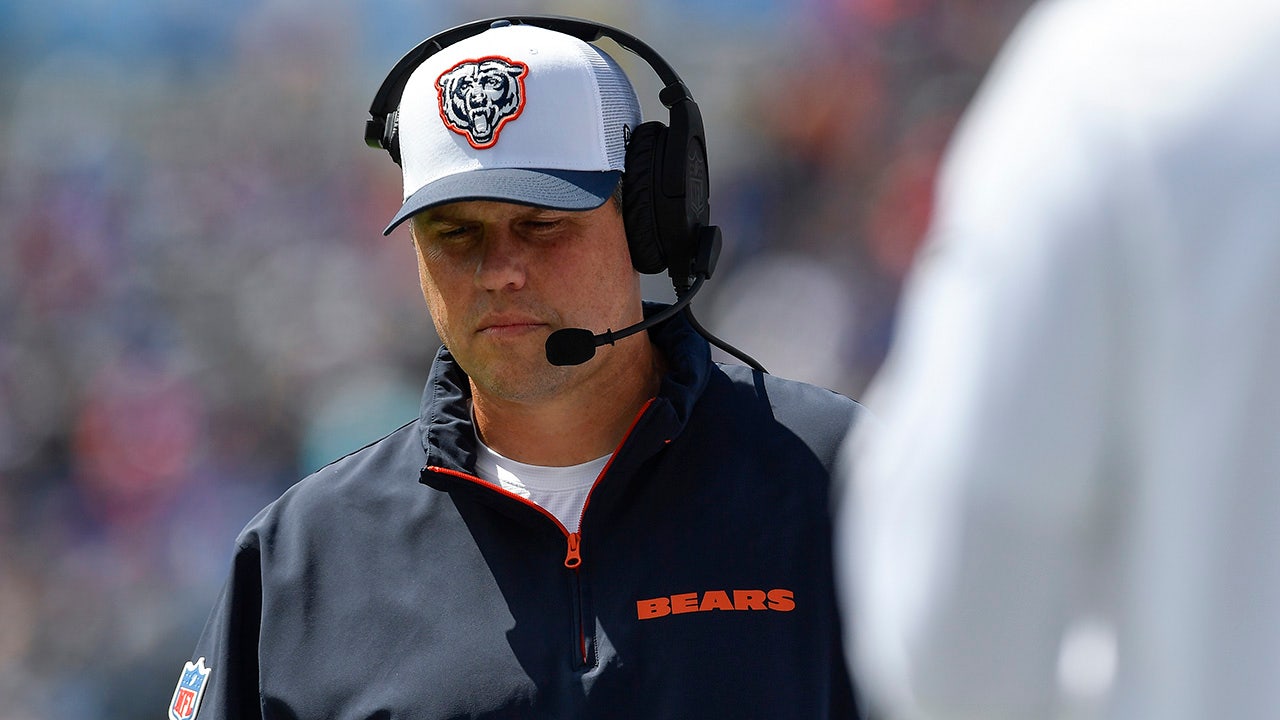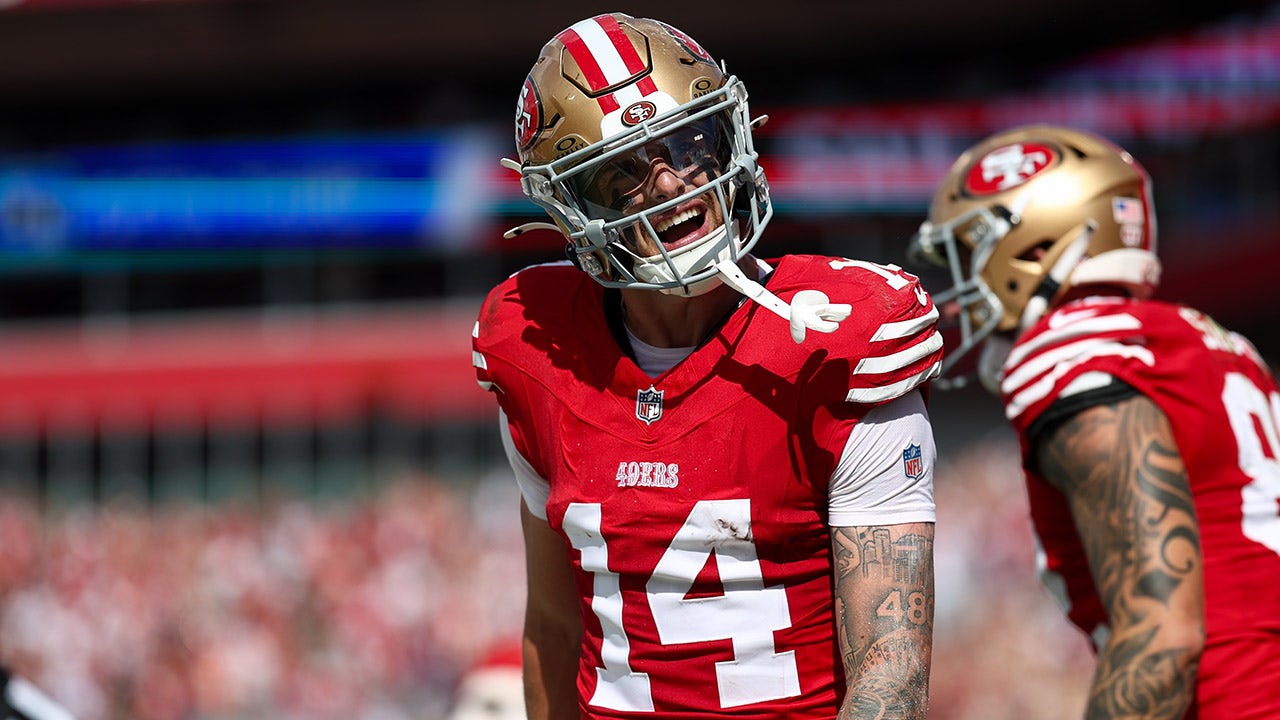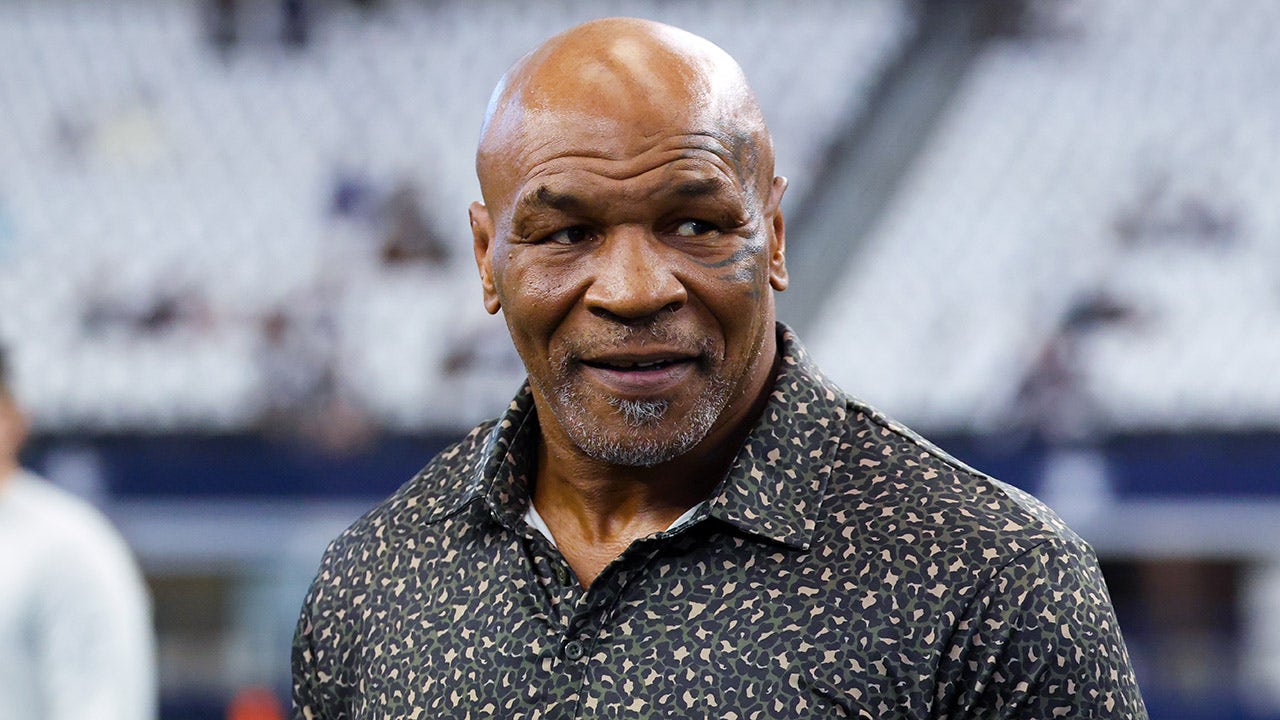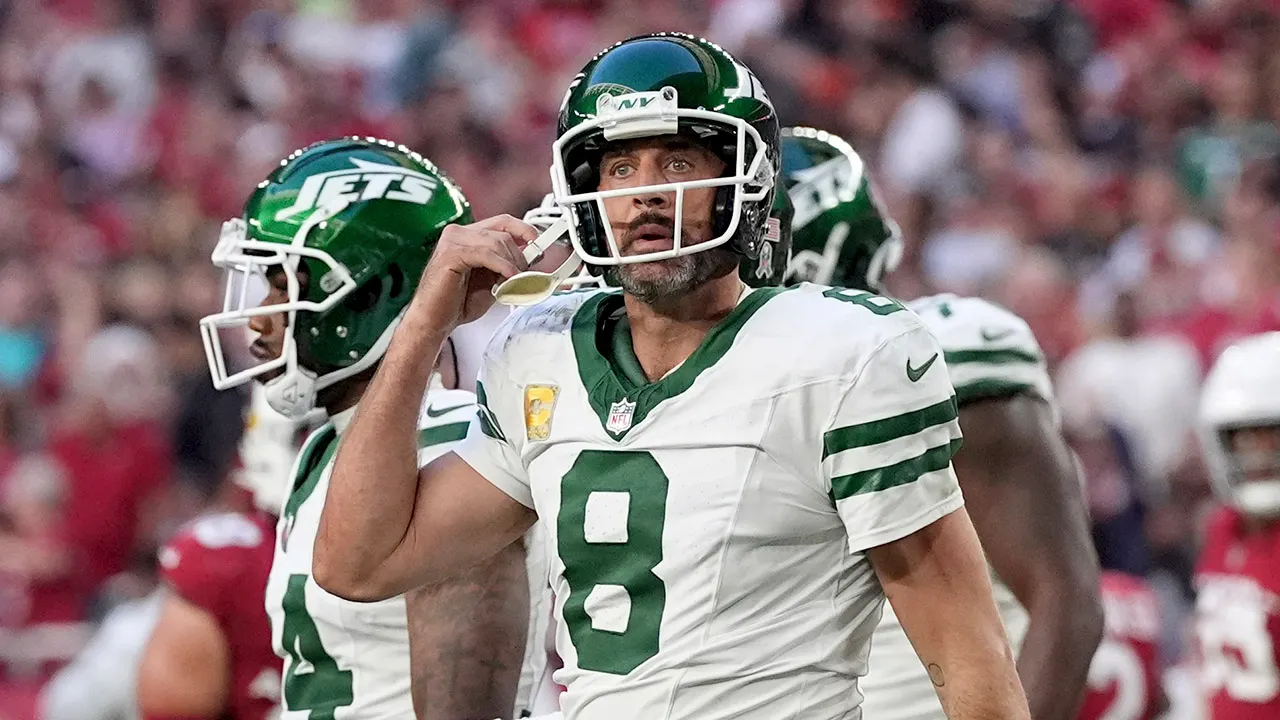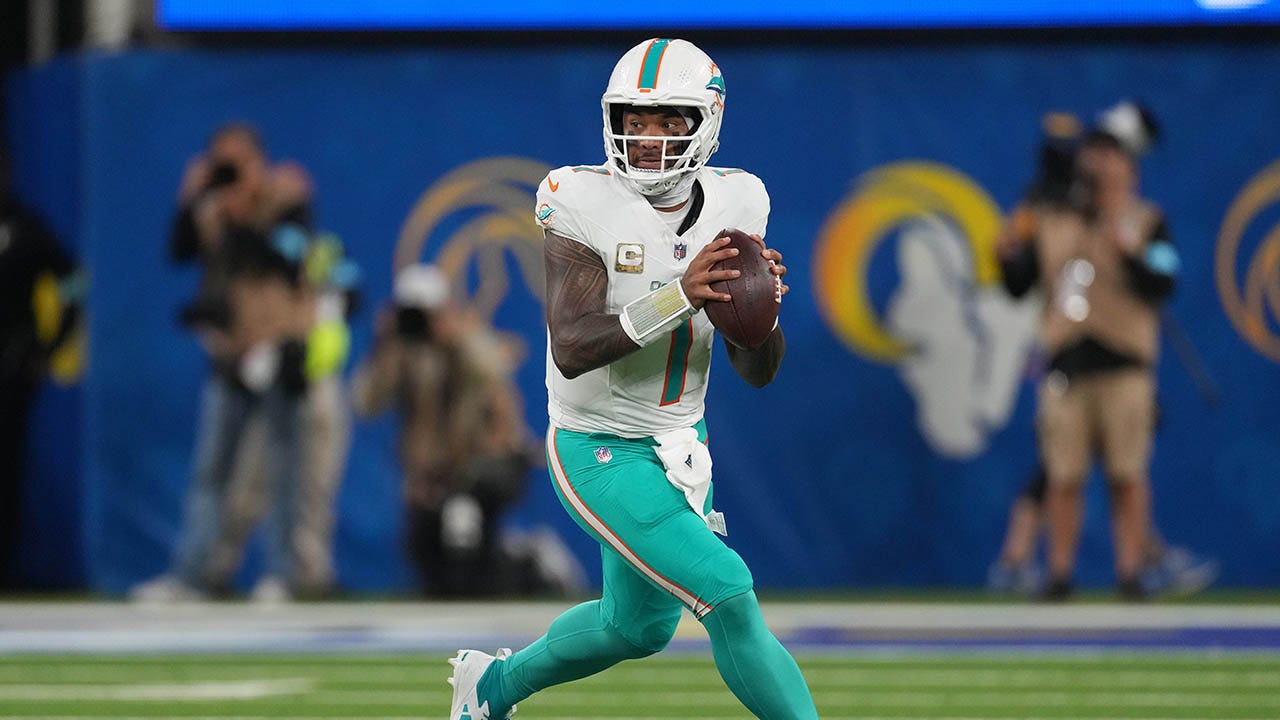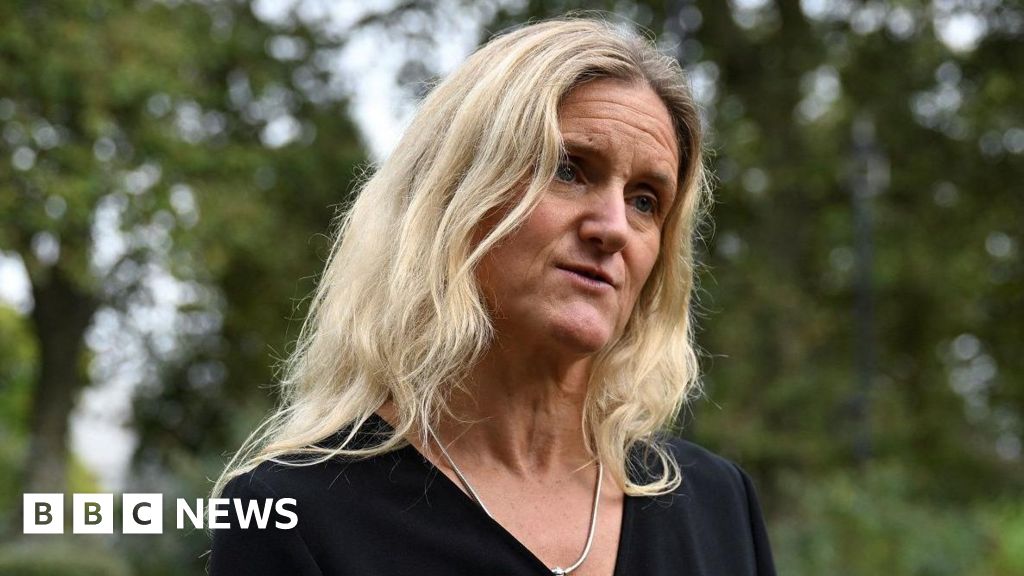While we can’t know what’s in the mind of candidates, it’s safe to assume that people who are willing to put themselves through the ordeal of a presidential campaign aspire to the top job. And as they probably know, running for vice president by running for president is a foolish exercise.
Since the beginning of the modern presidential nomination system in 1972, there have been 19 new vice presidential nominations, producing eight new vice presidents.(1) Ten of the 19 VP nominees had never run for president at all. Two (Walter Mondale and Dick Cheney) had done some candidate-like things, but neither reached the official announcement stage. While there is some political logic for presidential nominees to choose running mates who have been vetted by running in national campaigns, they have only done so 7 of 19 times in the last 50 years.
Moreover, it isn’t clear that in those seven cases the running mates were chosen because of their experience as presidential candidates.
Take Kamala Harris. The Democratic nominee, Joe Biden, had committed to naming a woman to the No. 2 spot. It seems relatively likely that Harris would have been on the list of potential running mates whether she had run a brief campaign, dropping out before the Iowa caucuses, or not. Biden wanted someone who would be regarded as being able to handle the presidency if necessary, especially given his advanced age; that imperative limited him to current and recent senators, governors and perhaps a handful of high cabinet officials. Subtract those who had struggled with scandals, were themselves older or who otherwise were obviously bad choices, and there just weren’t that many women who fit.
Similarly, when Mike Dukakis was looking for an older, less liberal senator, probably from the South, to balance his ticket in 1988, Lloyd Bentsen’s long Senate career and his home state of Texas presumably mattered far more than his presidential bid.
It’s a bit harder to separate Jack Kemp’s presidential campaign in 1988 from the other credentials that made him attractive to Republican presidential nominee Bob Dole in 1996, but Kemp was a well-known former football star with a reputation within the party for innovative thinking before he ran for president. There is no way to know whether his 1988 effort helped make him seem more presidential to Dole, but it certainly wasn’t the only factor.
And then there’s Biden, who had a long Senate career and two unsuccessful presidential campaigns when Barack Obama asked him to join the 2008 Democratic ticket. Obama was looking for someone with extensive Washington experience to balance his own limited time in national politics. It’s possible that Biden stood out more than other longtime senators because he had run for president, but his weak national performance likely hurt Biden as a potential running mate more than it helped him.
In fact, of 19 vice presidential nominees, only two of them clearly helped their cases by running for president first. George H.W. Bush had extensive foreign policy experience in the executive branch but very limited electoral success before 1980 — he had been a member of the House but had run twice for the US Senate without winning. In 1980, he finished second in the Republican presidential primaries, winning eight contests and about a quarter of the overall vote; it was enough to establish him not only as the leading moderate Republican but also as someone who might appeal to voters.
In 2004, Democrat John Edwards had already demonstrated electoral appeal by winning a Senate race in Republican-leaning North Carolina, but as a first-term senator with no other political experience and limited accomplishments he might not have seemed sufficiently prepared for the presidency. A well-regarded presidential campaign probably solved that problem; he only won two contests, but he wound up with the second-highest vote and delegate totals.
Of course Edwards never became vice president or a presidential nominee. Which gets to the real futility of running for president in order to snag a vice presidency nomination: No one has an end goal of the vice presidency. Politicians only settle for the No. 2 spot because they believe it’s a good road to becoming president one day.
Except it isn’t. Only 5 of the 19 recent vice presidential nominees ever won a presidential nomination, and only two of those — George H.W. Bush and Biden — eventually became president.(2)
Put all that together, and in some 50 years the only person who successfully launched himself toward the presidency via a vice presidential nomination that in turn was helped by running for president was the first President Bush.
So far, that is. Kamala Harris certainly could become president or a presidential nominee, and former Vice President Mike Pence is currently a pre-announcement candidate for the 2024 Republican nomination.
Sometimes, politicians launch presidential bids when they aren’t actually aiming for the White House. Former Rep. Ron Paul and Vermont Senator Bernie Sanders have both sought the nomination in order to influence the direction of their political parties. But a vice presidential bid cloaked in a presidential campaign? Not so much.
More From Bloomberg Opinion:
• Vote the Liars Out, Even If You Agree With Them: Stephen L. Carter
• Biden Is Old, But Age Isn’t What It Used to Be: Julianna Goldman
• Republicans Aren’t Thinking Only About Trump and DeSantis: Jonathan Bernstein
(1) I’m counting both Tom Eagleton and Sargent Shriver – George McGovern’s original running mate in 1972 and his replacement a few days after the convention. I’m not counting Gerald Ford and Nelson Rockefeller, who were replacement vice presidents nominated by sitting presidents and confirmed by Congress under the 25th Amendment, since that process is so different from party-nominated vice presidential selections. For what it’s worth, Eagleton, Shriver and Ford hadn’t previously run for president, while Rockefeller had run three times.
(2) That’s a historically low rate, given that no elected vice president has succeeded to the presidency after a vacancy during the modern era after eight presidents died in office from 1841 through 1963. Whether the current period is a fluke or more predictive of the future as medical care improves is hard to know.
This column does not necessarily reflect the opinion of the editorial board or Bloomberg LP and its owners.
Jonathan Bernstein is a Bloomberg Opinion columnist covering politics and policy. A former professor of political science at the University of Texas at San Antonio and DePauw University, he wrote A Plain Blog About Politics.
More stories like this are available on bloomberg.com/opinion











